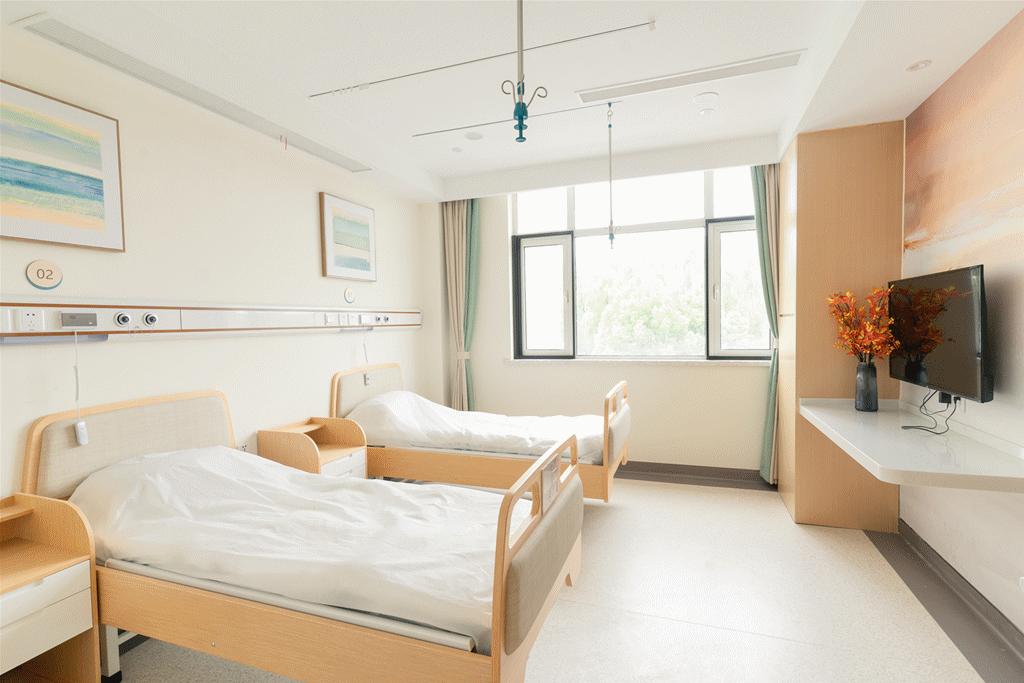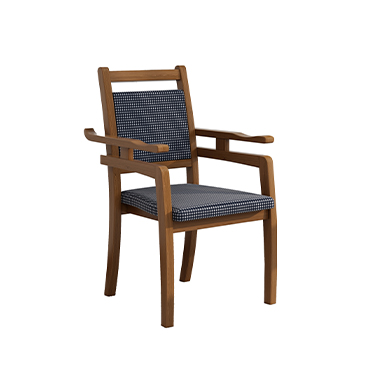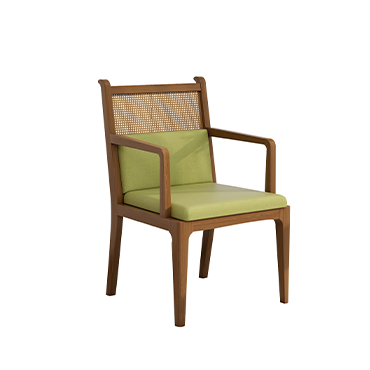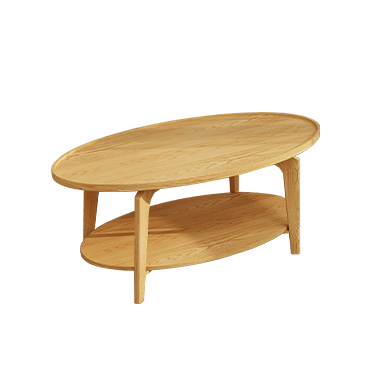The Difference Between Elderly-friendly Furniture and Medical Care Furniture
With the global trend of population aging, both elderly-friendly furniture and medical care furniture have attracted increasing attention. Although both serve the elderly, their functions, usage scenarios, and design focus are quite different.
Elderly-friendly furniture is designed for senior citizens living at home. It focuses on safety, comfort, and ease of use. These pieces are mainly used in household settings such as bedrooms, living rooms, kitchens, and bathrooms. Common products include chairs with armrests, anti-slip shoe benches, multifunctional beds suitable for both sitting and lying down, and raised toilet seats. The primary goal is to improve the elderly’s quality of life and help them live independently and safely at home.
In contrast, medical and elderly care furniture combines elderly-friendly features with medical functionality. It is commonly found in care institutions, nursing homes, rehabilitation centers, and hospitals. These products not only meet daily needs but also assist caregivers in performing medical tasks. Examples include electric nursing beds, movable chairs with brakes, turning beds, and care cabinets. Such furniture is typically made from antibacterial, easy-to-clean materials and supports professional elderly care.
From a market perspective, elderly-friendly furniture targets individual households (B2C), often with personalized design and customization, while medical care furniture is geared toward institutions (B2B), requiring professional functionality and large-scale supply.





